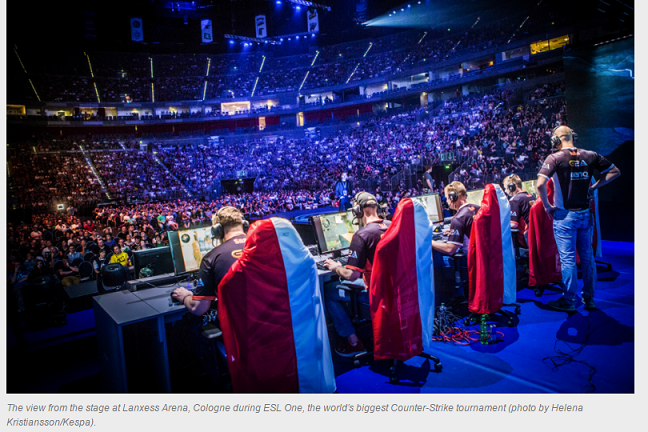 The business of professional sports is evolving. Driven by unprecedented technological advances and a consumer desire for “experiential” over “material” the fabric of what makes sports leagues and teams commercially competitive is shifting. This shift has created ample opportunities for the industry as a whole, which if harnessed correctly, could exhibit significant growth potential.
The business of professional sports is evolving. Driven by unprecedented technological advances and a consumer desire for “experiential” over “material” the fabric of what makes sports leagues and teams commercially competitive is shifting. This shift has created ample opportunities for the industry as a whole, which if harnessed correctly, could exhibit significant growth potential.
The sport consumer’s wallet is not apolitical. What they spend money on relates to their individual set of values, and when it comes to sports, there are few environments so value-orientated for a substantial segment of global consumers. These consumers look to not only drive the on-field success of their respective teams, but also to fuel the commercial side of their team. Pitch performance and commercial success off the pitch are not mutually exclusive. The challenge is putting a price on loyalty, attention and commercial engagement and summing these in a way that translates into the overall appetite for sports and leagues.
Match-day Experience and Spend
Sports events need to be appealing enough for fans to part with sometimes significant amounts of disposable income. Empty seats equal missed opportunities to deliver complete experiential value and create a more enticing product offer. By analysing match-day statistics and both the team and league level, companies can start to identify the winners and losers and the strategies that result in commercial promotion.
Looking Beyond the Turnstiles and Floodlights
Social media is also a key commercial driver offering an environment where fans can engage digitally with sports, leagues and teams. The impact of the having a strong social media footprint is becoming an increasingly important driver of overall team valuation, showing the commercial potential beyond the confines of a stadium.
There are levels to this game, however. The Manchester United fan watching on mobile in Beijing is not getting the same experience as the fan that is pushing his or her way through the turnstiles at Old Trafford on game day. However, whether fans are accessing content physically or digitally, the experience must be as enriched as possible so that their loyalty can be developed, curated and ultimately translated into commercial value.
Commercial Partnership Mapping
Businesses need to be strategic when deciding which leagues, teams or athletes to partner with that will achieve the commercial objectives of both the club and sponsor. This is inexorably linked to both match-day experience and social media footprint so businesses can understand the full potential for commercial partnership.
The goal of all professional sports leagues is to improve their product offer. Achieve this and other strategic goals will follow, including growing fan base, increasing revenues and opportunities for new commercial partnerships. There are many strands of a cohesive strategy, however, all are predicated upon the overarching duty of sports stakeholders to bring fans closer to the action, to immerse them within the culture of the team or league and create and sustain a sense of loyalty that will catalyse growth across many critical revenue streams.
Written by Alan Rownan, Senior Consultant at Euromonitor International

